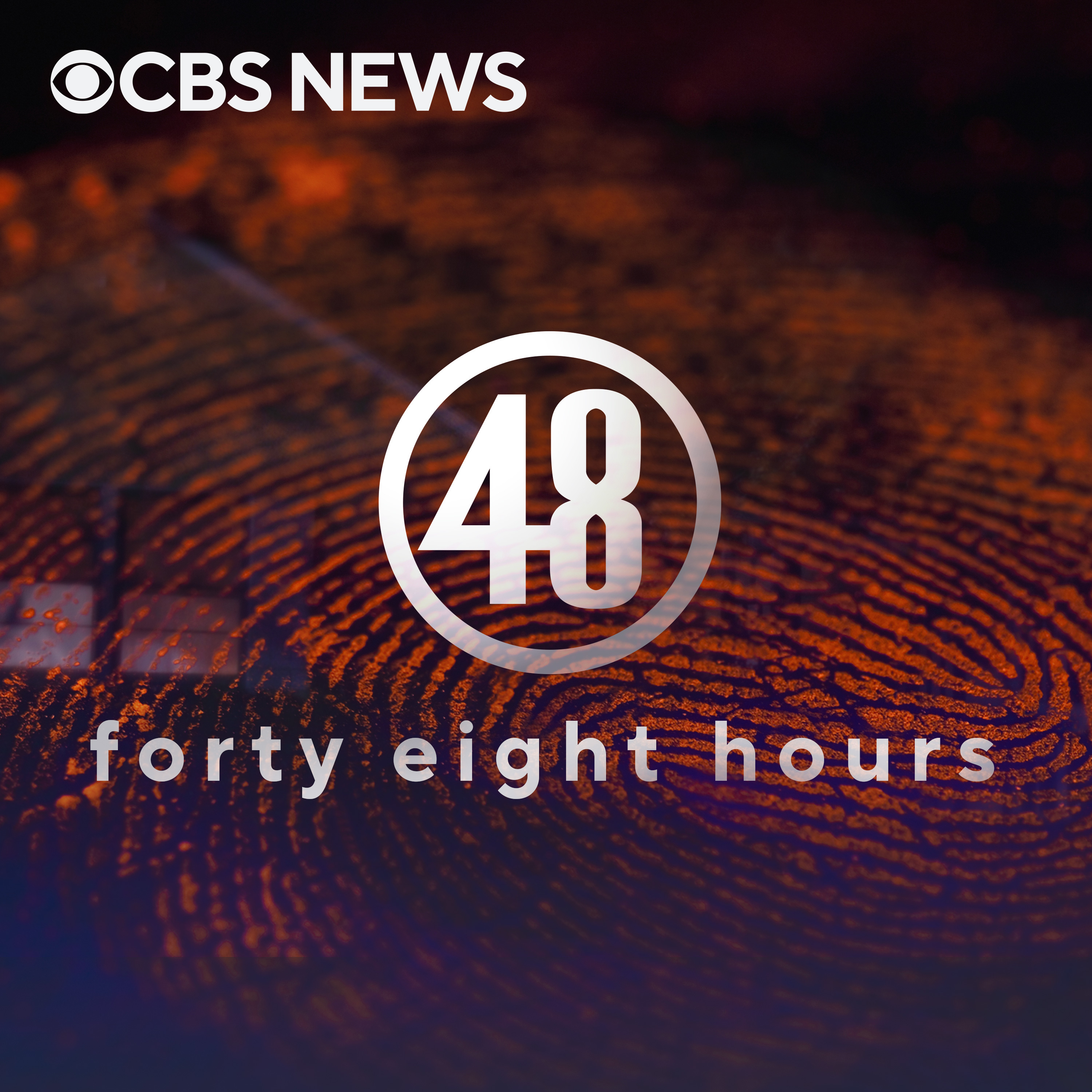
Deep Dive
Why is the Black Dahlia case considered one of the most notorious unsolved murders in Los Angeles history?
The Black Dahlia case involves the brutal murder of Elizabeth Short in 1947, where her body was surgically bisected and posed in a vacant lot. The killer sent taunting letters to the press, and the case received massive media coverage, making it one of the most infamous unsolved crimes in LA history.
What evidence led Steve Hodel to suspect his father, George Hodel, was the Black Dahlia killer?
Steve Hodel found photographs in his father’s album that he believed were of Elizabeth Short. Additionally, he identified his father’s handwriting in taunting letters sent to newspapers by the killer. George Hodel was also a surgeon, which matched the precision of the murder.
What role did George Hodel’s background play in the suspicions against him?
George Hodel was a brilliant surgeon with a high IQ, known for hosting flamboyant parties in Hollywood. He had a history of sexual deviance, including accusations of incest with his daughter. His surgical skills and connections to the Hollywood scene made him a prime suspect.
Why did the investigation into George Hodel abruptly stop in 1950?
The investigation stopped despite evidence, including wiretaps where George Hodel made incriminating statements. Some believe there may have been a cover-up, with Hodel possibly paying off officials in the DA’s office to halt the investigation.
What was the significance of the body’s positioning in the Black Dahlia case?
The body was carefully posed with arms positioned to mimic the horns of the Minotaur, a mythical beast. Steve Hodel believes his father, influenced by artist Man Ray, staged the body to resemble classic art, adding a layer of macabre symbolism to the crime.
What challenges remain in solving the Black Dahlia case today?
Nearly all physical evidence, including wire recordings and interviews, has disappeared from the LAPD files. The lack of concrete evidence and the passage of time make it unlikely the case will ever be solved.
How did Elizabeth Short’s portrayal in the media differ from her real life?
Elizabeth Short was falsely portrayed as a prostitute and a movie star wannabe. In reality, she was a struggling young woman who relied on friends for support and was not involved in the film industry or sex work.
What was the connection between George Hodel and the artist Man Ray?
George Hodel was friends with Man Ray, who was known for taking provocative photographs. Hodel admired Ray and may have been influenced by his art, leading to the symbolic posing of Elizabeth Short’s body in the murder.
- Elizabeth Short's murder in 1947
- The media's "Black Dahlia" nickname
- The crime's notoriety and unsolved status
Shownotes Transcript
In January of 1947, the mutilated body of young Hollywood actress Elizabeth Short was discovered in a vacant lot in Los Angeles. The press gave her the nickname, "The Black Dahlia," stemming from a popular crime film, and her case gripped headlines when the killer sent handwritten notes to the tabloids. Former Los Angeles Detective Steve Hodel believed his father was the killer, but Elizabeth's murder still remains unsolved. “48 Hours" correspondent Erin Moriarty reports. This classic "48 Hours" episode last aired on 8/29/2006. Watch all-new episodes of “48 Hours” on Saturdays, and stream on demand on Paramount+.
See Privacy Policy at https://art19.com/privacy) and California Privacy Notice at https://art19.com/privacy#do-not-sell-my-info).